Edie Adams' son reveals why her late husband Ernie Kovacs is forgotten in Hollywood despite comic achievements
Edie Adams' son Josh Mills reveals why her late husband Ernie Kovacs is forgotten in Hollywood despite comic achievements. Ernie Kovacs archivist Ben Model also shares how the late star continues to impact comedy.
Josh Mills is proud to run the estate of Ernie Kovacs, a man he’s never met who was married to his mother.
The zany, mustachioed ‘50s star who is hailed as “the Godfather of Monty Python” and made an undeniable impact in comedy with his revolutionary use of special effects, died in a car crash in 1962 at age 42. Mills was born a few years later, in 1968, to actress Edie Adams and her second husband, photographer Martin Mills.
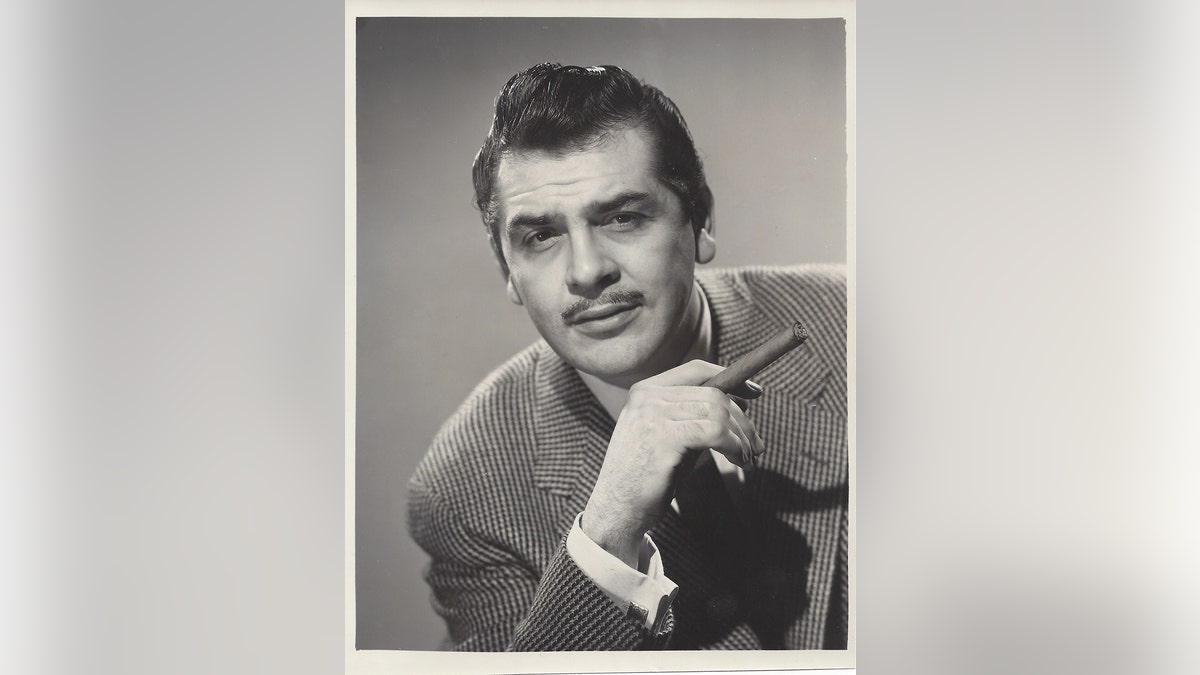
Ernie Kovacs passed away on January 13, 1962. (Edidad Productions)
Today, the 51-year-old is determined to keep the legacy of the seemingly forgotten comic alive. For Kovacs’ centennial, the estate has released a DVD box set that chronicles his career in 22 hours. In addition, Mills and Kovacs archivist Ben Model have been traveling the country for events commemorating Kovacs’ life.
Mills told Fox News it’s exactly what his mother, who passed away in 2008 at age 81, would have wanted.
“When Ernie passed away, my mom preserved all of his television work,” Mills explained. “So to me, my mom was sort of the patron saint of television preservation in a way. It’s a very personal thing for me because even though Ernie wasn’t my dad, my mom for the last 50 plus years paid for storage and restoration and all the other things to make sure that Ernie’s legacy didn't go away like so many other old comics who unfortunately had their masters dumped.”
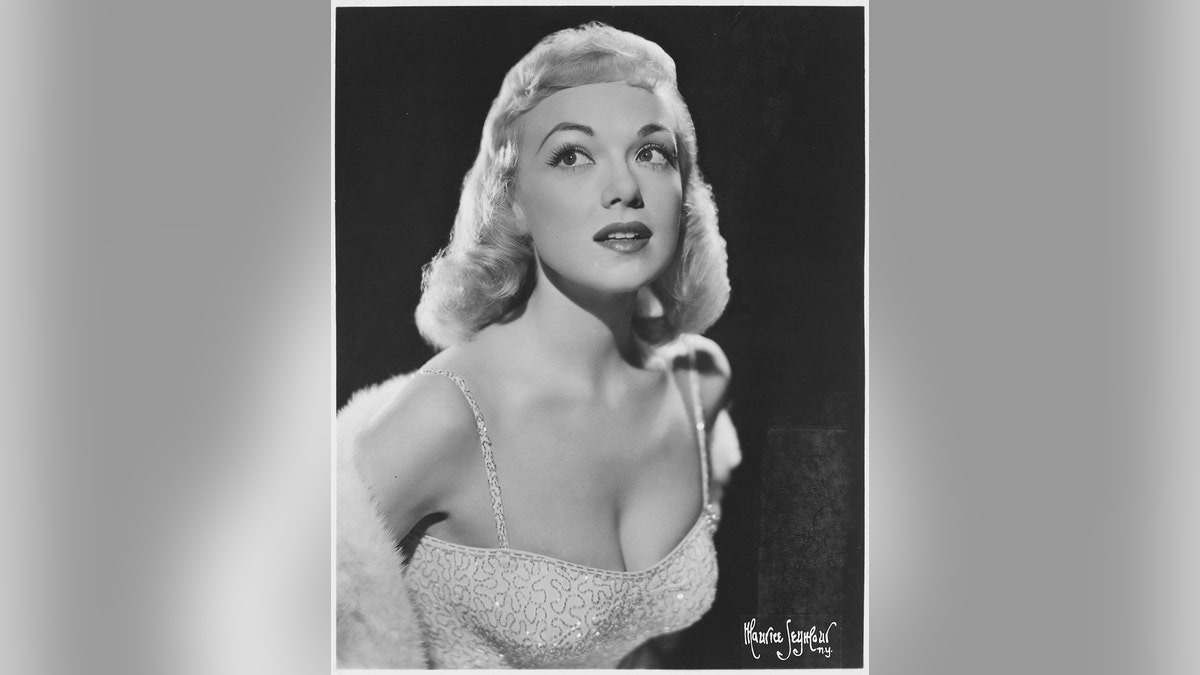
Actress Edie Adams (John Springer Collection/CORBIS/Corbis via Getty Images)
Ben Model told Fox News that once Kovacs passed away, there was no one to revive his work on television and it was quickly forgotten. He said it wasn't until the ‘80s that the concept of preserving Hollywood’s past became more recognizable.
“Almost immediately the networks were looking to wipe the videotape masters because, well, [they're] not going to show this again,” Model explained. “[They figured] Ernie is gone. We have no use for this tape except, well, we can shoot footage for the weather or PSA is on it. The idea didn’t exist until much later except with [Edie Adams] who, while the shows were being made, thought somebody should be saving this.”

Josh Mills says his mother, late actress Edie Adams, was always determined to preserve the work of her late husband, comic Ernie Kovacs. (Ediad Productions)
“And so, she was, 20, 40 years ahead of her time thinking this way,” Model continued. “And she, in the 1960s, gathered up as much of the materials she could possibly get her hands on. She testified before the Library of Congress in the mid-‘90s about the importance of saving television.”
The Sunday-Gazette Mail previously reported Kovacs relied on “sight gags, pantomime and visual tricks” to both puzzle and mystify audiences. He once quipped “There’s too much talk on TV.”
“It was hard to describe Kovacs’ brand of humor: Nihilistic, improbable, illogical, [and] somehow funny even when you couldn’t understand why you laughed,” the outlet said.
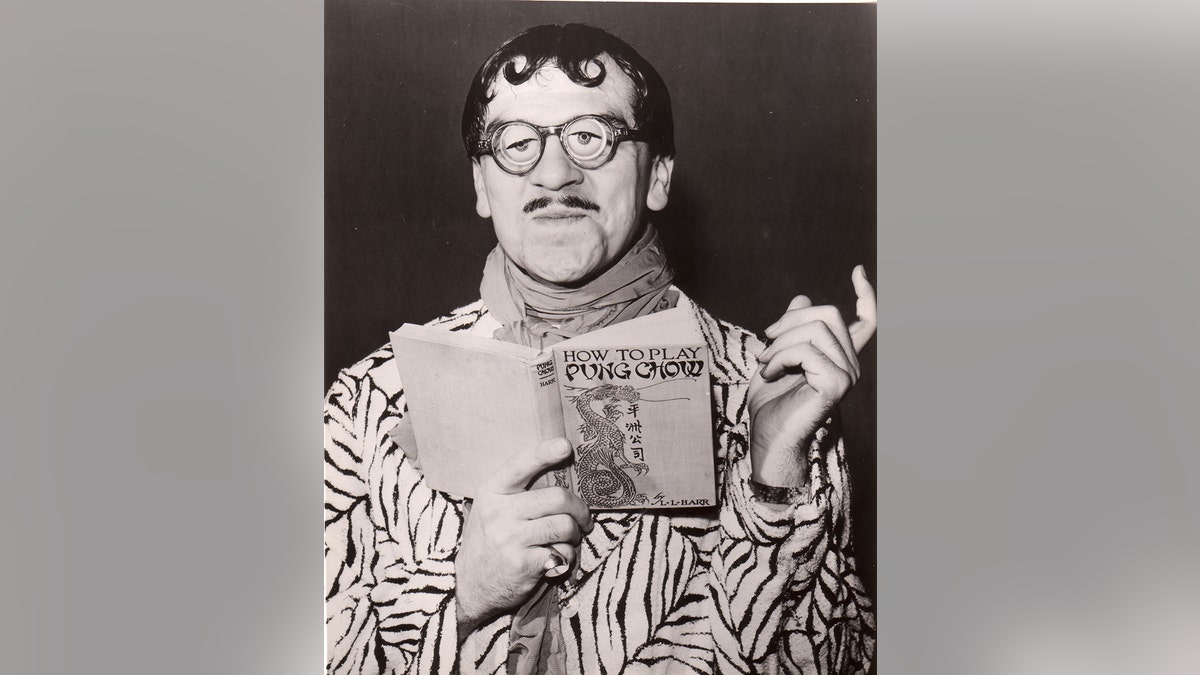
Ernie Kovacs' archivist Ben Model says there's still plenty to learn from the late star's body of work. (Ediad Productions )
Salon noted Kovacs stood out as a comedian because he used television as a playground where he could express his creativity. And anything went for Kovacs.
“Ernie was a pioneer, not just because he was there at the beginning, but he was doing things with television that you could do, but no one else had either the imagination or the audacity to do,” said Model. “He’s often referred to as having done a lot of things with special effects… he found fun ways to use them as part of his humor and his connection with the home viewer."

Ernie Kovacs was known for using special effects for his comedy. (Edidad Productions)
“He understood the medium as this little box in somebody's living room or their kitchen,” Model continued. “And he would talk to you as if you were across the room from him, and a lot of his shows feel like that. And, so the imagination that you see in Ernie's television work is ... I think is still far beyond... what's being done today with television comedy.”
Model admitted that describing Kovacs approach to comedy was like “trying to explain Jell-O or flan to somebody who’s never had it.”
BARBARA STANWYCK BECAME DEVOTED TO ACTING AFTER PAINFUL PAST, SAYS FILM EXPERT: ‘WORK WAS HER LIFE’
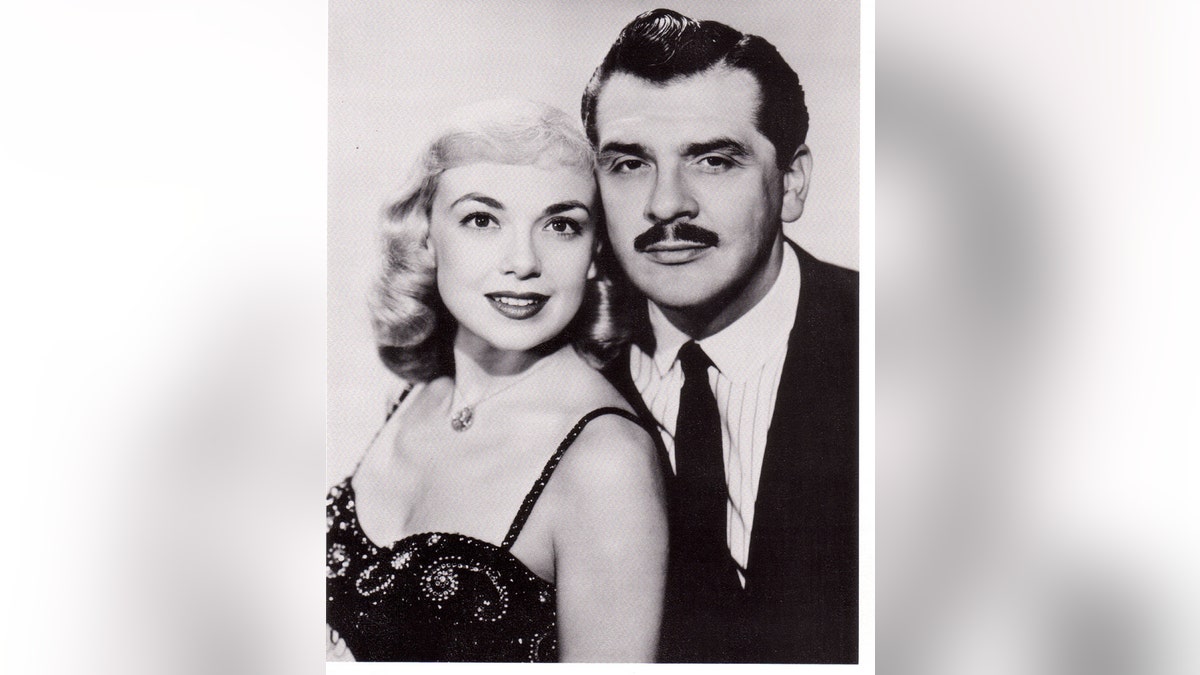
Edie Adams and Ernie Kovacs. (Ediad Productions)
“There’s something fun and surreal and playful about his humor,” said Model. “It’s visual and inventive in a way that you’re not used to seeing. Even the earliest stuff of his, you go, ‘Wait, this was on television? How does anybody come up with the idea to do this?’ To take a kaleidoscope and attach it to an empty frozen orange juice container and tape that to the front of a television lens, and then wave your fingers around while playing a record as something to show on television. Or to turn the camera upside down and pretend you’re vacuuming on the ceiling.”
“There was no fourth wall,” Model continued. “You saw the sets, the edges of the sets and the other cameras and the mic boom. He would climb up on the desk and grab the mic boom and pull it into the shot and talk into it… It almost feels like you’re hanging out with him.”
When Kovacs passed away, however, he left behind more than his work. Mills said his mother was suddenly faced with mounting debt.
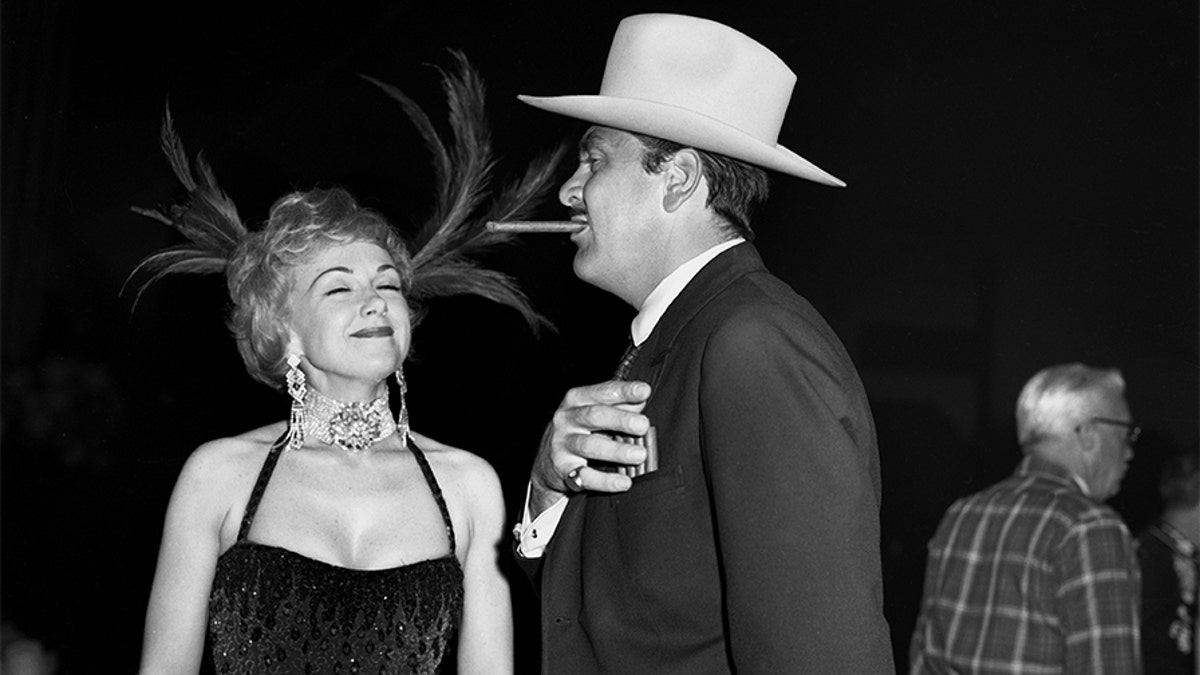
Singer and actress Edie Adams and husband comedian Ernie Kovacs attend a Hollywood costume party in 1960 in Los Angeles, California. (Michael Ochs Archive/Getty Images)
“The IRS literally came up the driveway and said, ‘Ernie is very much in debt, and to the tune of $350,000 in 1962 money,” Mills explained. “She also got hit up by ABC who said, ‘Ernie went over budget and he owes $150,000.’ And Ernie was a gambler — literally a terrible gambler…. So he had gambling debts. My mom had to… put one foot in front of the other… She would take jobs just based on how much they paid, not what she wanted to do… Many people would have chosen to walk away from half a million dollars in debt in 1962. She said, ‘Absolutely not. I’ll pay it all back.”
ED SULLIVAN’S GRANDSON RECALLS GROWING UP WITH TV ICON: ‘HE ALWAYS HAD TIME FOR HIS FANS’
According to Mills, Frank Sinatra, Dean Martin and Johnny Carson were ready to do a telethon to help Adams pay off her late husband’s debts. She rejected the offer.
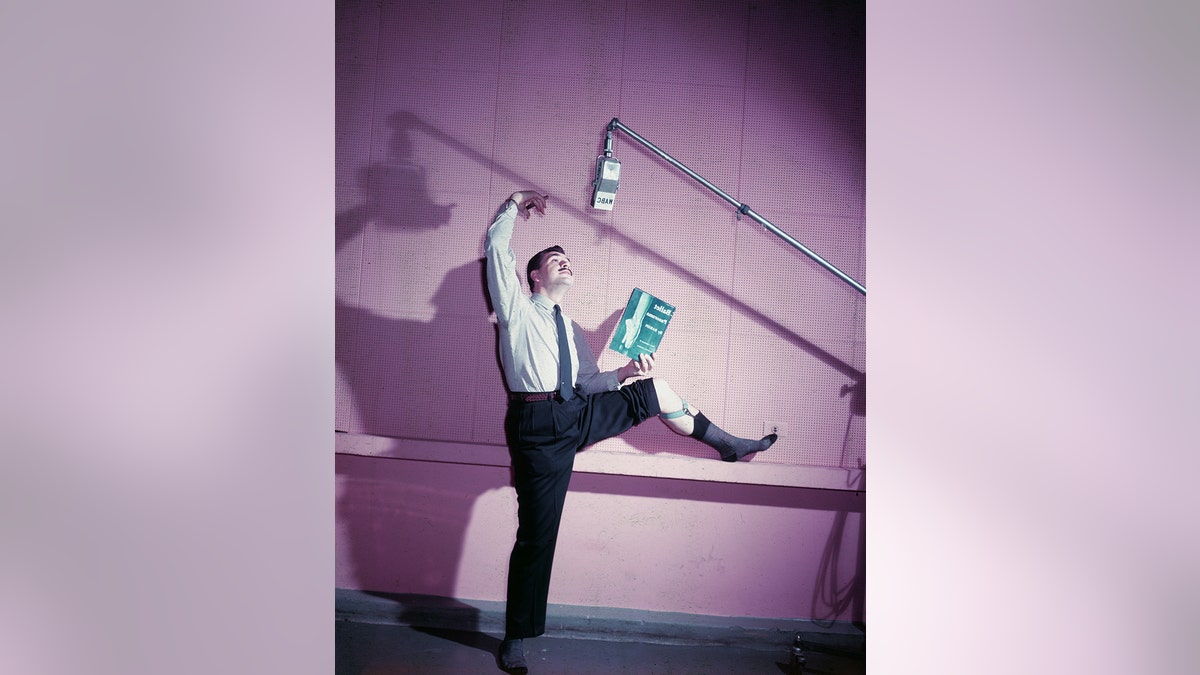
American actor Ernie Kovacs (1919 - 1962) posing in a ballet stance while holding a ballet book inside a WABC radio recording studio, 1950s. (Getty)
“Frank Sinatra lived up the street and he was one of the pallbearers, so was Dean Martin at his funeral,” said Mills. “My mom… this Pennsylvania girl said, ‘I can’t do this.’ She grew up in the depression. Her father didn’t walk away from his debts… That’s how she dealt with it — by working.”
Not only did Adams keep her word, but she made sure that Kovacs' work wasn’t lost with time. Model said that today, comics such as Terry Gilliam and Paul Reubens can credit Kovacs as inspirations. Even those using social media to film bizarre comic sketches can thank Kovacs, too.
“I’m hoping people will get inspired to go further in terms of what you can do with visual humor on a screen, whether it’s television or YouTube or on your phone,” said Model. “If Ernie… was still around, he would have dive right into this.”
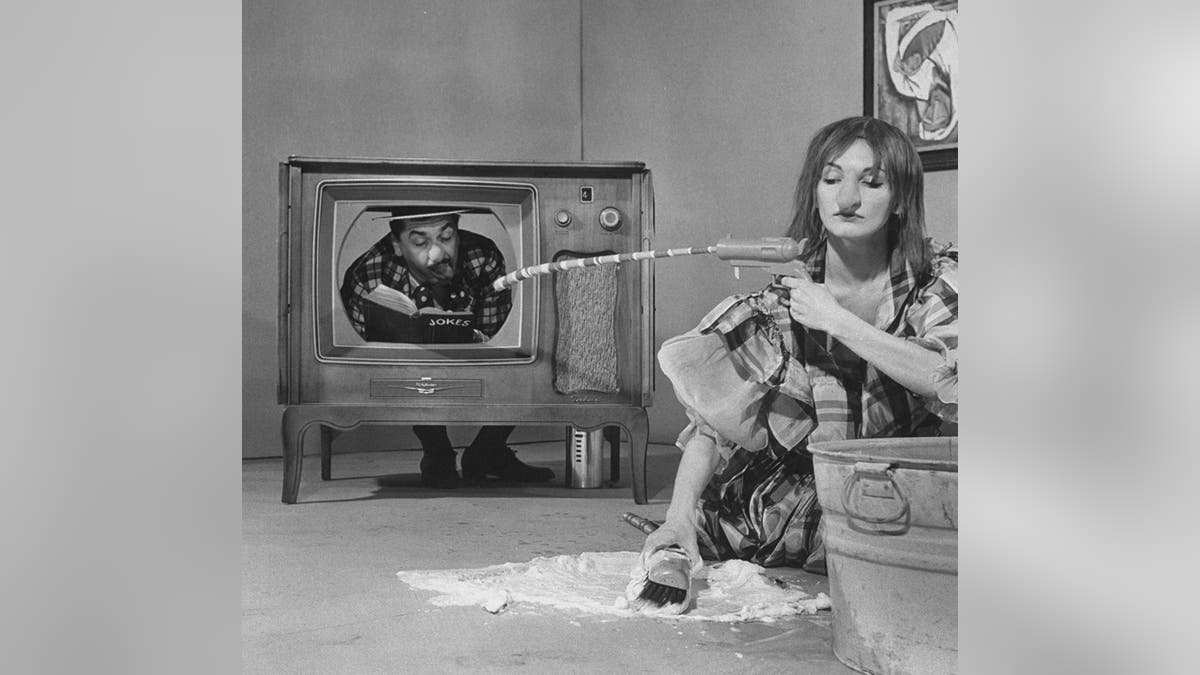
Ben Model and Josh Mills refuse to let Ernie Kovacs be forgotten. (Ralph Morse/The LIFE Picture Collection via Getty Images)
HUMPHREY BOGART, LAUREN BACALL’S SON RECALLS GROWING UP WITH HOLLYWOOD ICONS
Mills said he never hesitated to maintain his mother’s goal of preserving her late husband’s work in Hollywood.
“I think my mother, wherever she is right now, would probably find me and tell me, ‘You’re not doing right by this,’” Mills chuckled at the idea of not holding the torch. “She was so passionate about this stuff… She got a lawyer and… bought everything that said Kovacs at every network… The fact that she wanted to hold onto this was really just her way of thinking that Ernie was special… I feel like if I don’t carry it, who else is going to?”






















